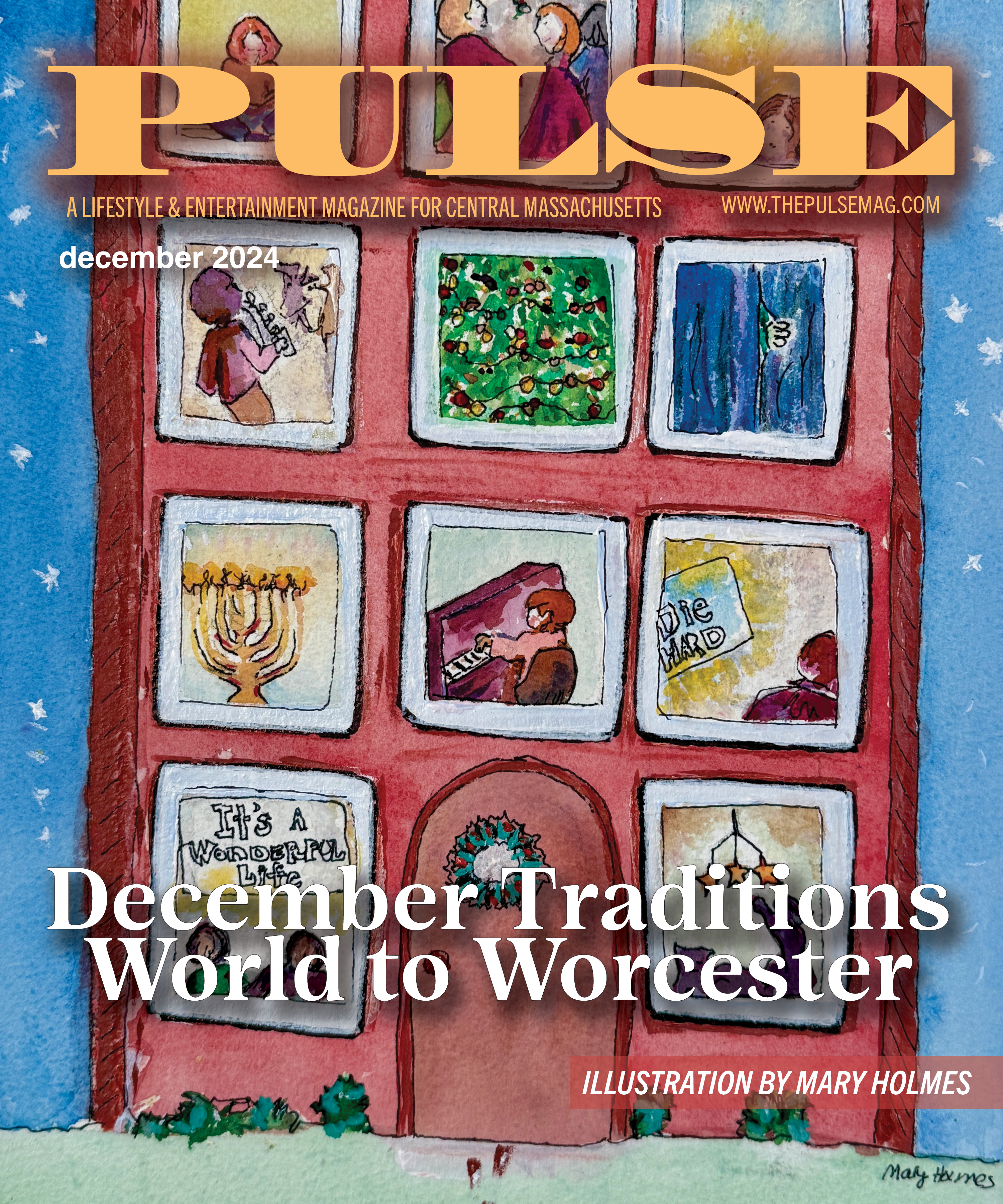Meet The Original Leatherface, The Man Behind the Mask
By Robert Newton

Sure, there are new horror films coming out all the time — especially around Halloween — and some of them are even pretty good. But as any horror nut will tell you, the original The Texas Chain Saw Massacre is a classic, easily one of the best ever. It set the scary bar almost unattainably high and remains the barometer by which other fright-fests (including TCSM sequels and remakes) are measured. It also made a star…nay, a legend…out of menacing killer Leatherface. Nearly 35 years after the film’s release, the man behind the gruesome mask (of human skin) talks to The Pulse about the movie, the massacre, and more.
“I won’t play Santa Claus again, because I have already,” says actor Gunnar Hansen, “in second grade.”
Hansen’s white beard and kind eyes belie the role he is best known for ~ that of the simple-minded cannibal Leatherface in Tobe Hooper’s 1974 horror classic, The Texas Chain Saw Massacre.
“The main thing I’m asked all the time,” explains the gentlemanly, 60-year-old Iceland native, “is ‘Was shooting the film fun?’” He pauses for a moment. “Fun is never a word I use to describe it.”
The film shot in August and September of 1973, for 12-16 hours a day, without a break in production for days off and without a break in 100 degree + heat.
“It was all such hard work, and the part was brutal,” Hansen recalls. “We had no luxuries, no trailers and no air-conditioned place out of the sun, but I still loved the experience.”
One thing Hansen did not love was being accidentally knocked unconscious during a memorable key scene, the one in which Leatherface grabs Pam (Teri McMinn) and drags her down the hallway of the famed ranch house and behind a steel door which slams shut, silencing her screams. Hansen, who already stands at a menacing 6’4”, wore boots with 3” heels. Because of the low-budget indie nature of the shoot, rehearsals were not possible.
“With the mask on, I went racing through holding her fully upright, unaware that I was taller than the doorframe,” he says. “I cracked my head on it, and it knocked me out.” The scene that appears in the film is the second take.
Hansen took a break from acting after one more film, the 1977 dud The Demon Lover, instead embracing his true love ~ writing ~ and not accepting film roles for another decade. He did not write novels of terror, though, instead focusing on horrors of another kind ~ like racism, especially as the Native American people of his adopted home state of Maine experience it.
“Invisible,” the prolific writer says of his 2004 documentary about Maine’s Penobscot tribe, “was a slow, difficult film to make, in that we confronted racism in American society. Us white folks are good at ignoring the racism that we take part in, and the film was an opportunity to ask questions about ourselves and kind of country we live in.
“Invisible was especially hard in the sense that we needed to figure out an effective way take a chaotically complex subject like this and narrow it down so we could talk about some specific manifestation of it to make sense to the people watching. We really went after the question of [Native] assimilation into white culture, the contradiction of telling them that being an Indian was nothing while destroying their culture though assimilation, all the while telling them they’ll never really be white.”
Gunnar Hansen’s official site is www.GunnarHansen.com.





